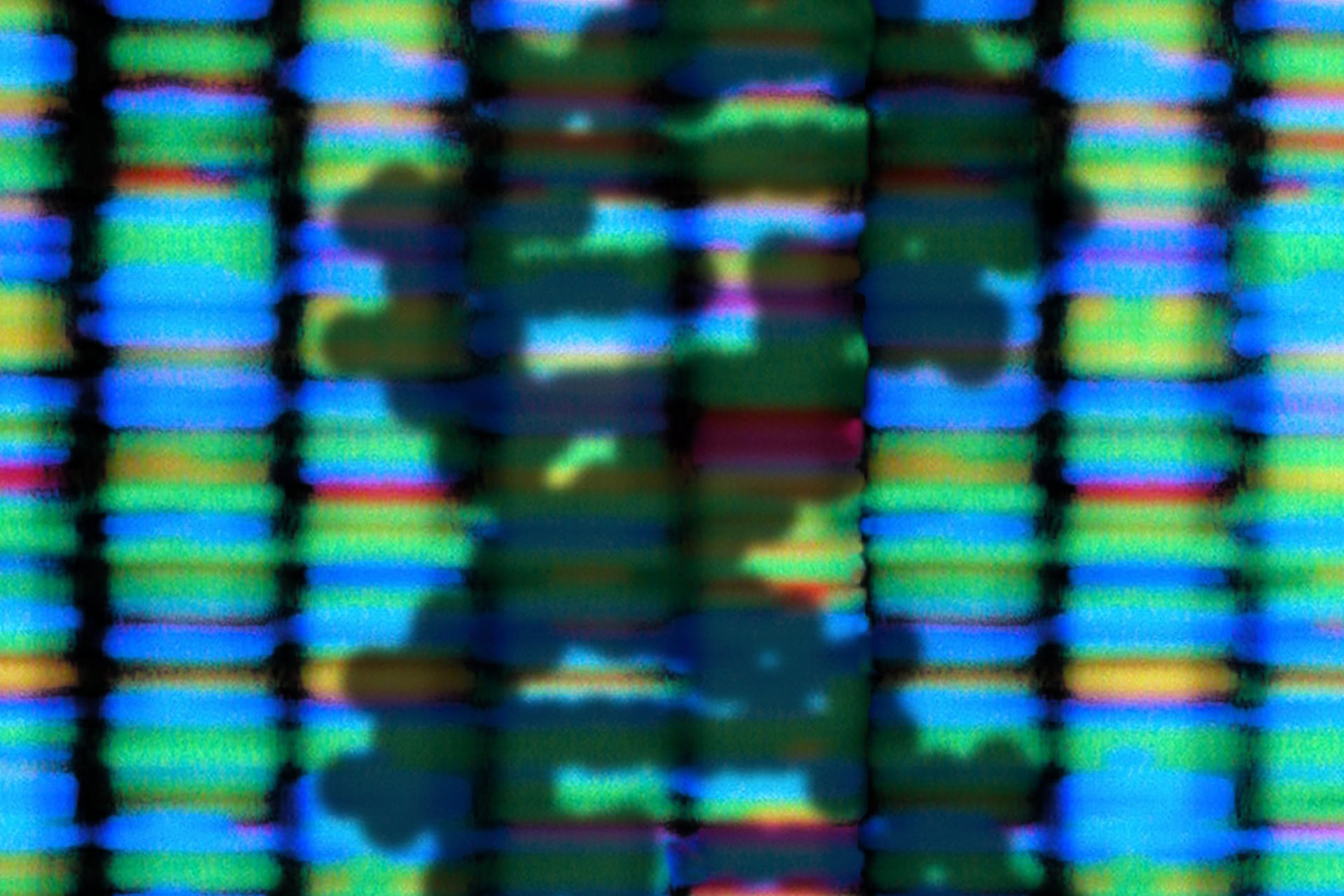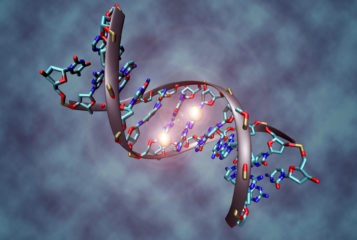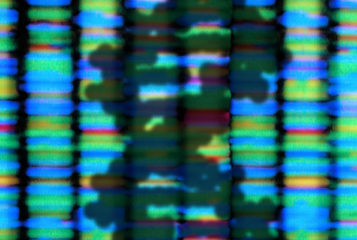|
Herding Hemingway's Cats: Understanding How Our Genes Work By Dr Kat Arney Published by Bloomsbury Sigma ISBN-10: 1472910044, ISBN-13: 978-1472910042 Buy this book from Amazon UK |
DNA's double helix structure, revealed by James Watson, Francis Crick, Rosalind Franklin, and Maurice Wilkins in 1953, is now instantly recognisable. Since that discovery, our understanding of DNA has developed at an astounding rate.
In Herding Hemingway's Cats, Dr Kat Arney guides us through the weird and wonderful and convoluted mess that is genetics, but manages to make these complicated concepts accessible. Arney doesn't just explain how genetics works, she shows us the scientists behind the major discoveries – their excitement, anguish, playfulness and, in some cases, despair – personalising the men and women committed to solving the riddles of genetics. Thanks to Arney's easy style, the book feels less like a lecture and more like a chat with an animated friend. The stories about the scientists involved draw the reader in as they would in a novel, and are full of drama and beauty.
The first chapter deals with the fundamentals of DNA structure and a brief history of genetics discoveries. This gives some background for those who aren't well versed in the field, but Arney is skillful enough to ensure that those with more specialist knowledge won't switch off.
Genomes and DNA are messy yet manage to produce the body's organs so they work seamlessly in harmony, and Arney describes many of the complicated genetic concepts behind that feat. The intricate genetic mess continues to surprise researchers, Arney relates – just when they think their predictions are unshakeable, the analytical tools develop and reveal a new layer of complexity.
A third of the way through the book, we get to the cats that inspired the title. Ernest Hemingway had a cat that had six toes on each paw, and several of its descendants still live on his estate in Key West, Florida. A long-held assumption about those cats, which extends to humans who have extra fingers or toes (a condition called polydactyly), was that a gene fault must be at play. But that is not the case, and the truth is an example of the complexity and messiness of DNA, the book's major theme.
We find out how similar and different we are to chimps, about epigenetics, and about how RNA is used in cells, and much more. An iconic video game character even crops up at one point. Just like there's a whole lot more DNA packed into a cell than you would think possibly, Arney manages to cram several short undergraduate courses in genetics into the 288 pages.
Overstating the impact of the genetics revolution is difficult, and Arney's book describes it well but also realistically. She writes with a mix of awe, respect, fascination, but also with the frustration endured by the scientists at the coalface. The cultural references peppered throughout are nicely done. And although they're mostly aimed at those in their 20s and 30s I doubt they would turn off anyone outside the book's key demographic.
Buy Herding Hemingway's Cats: Understanding How Our Genes Work from Amazon UK.






Leave a Reply
You must be logged in to post a comment.